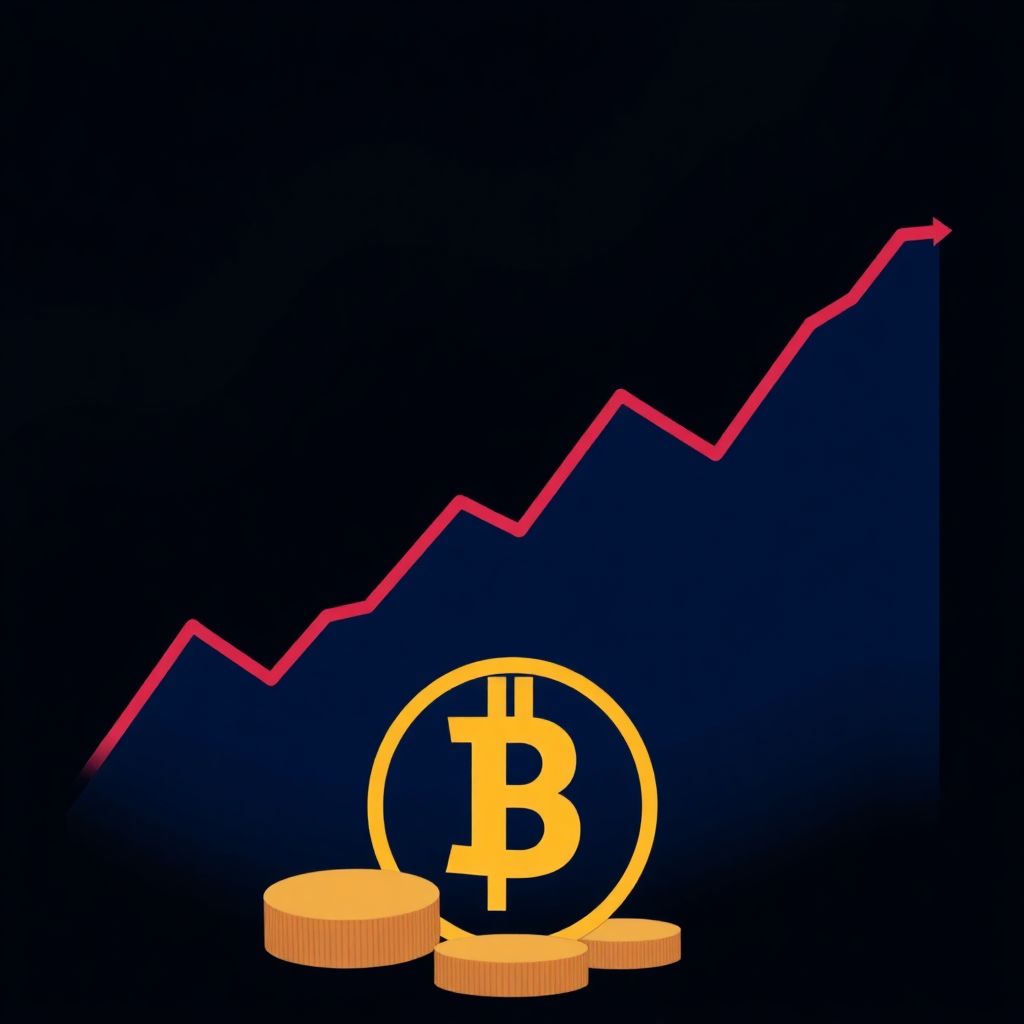Despite growing optimism surrounding exchange-traded funds (ETFs) in the crypto space, the altcoin market remains largely under pressure. According to blockchain intelligence platform Arkham, over 50% of altcoins have seen their prices plunge by more than 60% over the past year. This widespread decline reflects ongoing market uncertainty and waning investor appetite for high-risk assets.
Arkham’s data highlights that more than 300 digital currencies, including popular names like dogwifhat (WIF) and Shiba Inu (SHIB), have suffered losses between 30% and 60% during the same period. This paints a grim picture for the altcoin segment, which continues to struggle despite periodic bursts of enthusiasm.
The downturn isn’t entirely unexpected. The Altcoin Season Index (ASI), which measures the relative strength of altcoins compared to Bitcoin, dropped dramatically from nearly 90% in late 2024 to just 10% in the first half of 2025. This steep decline followed a short-lived rally driven by the U.S. election cycle, which failed to sustain momentum amid rising macroeconomic headwinds.
Among the most significant negative catalysts were escalating tariff tensions between the U.S. and China and a sharp flash crash in October 2025. Though the tariff dispute has since been resolved, the market has yet to fully recover. The October crash, in particular, undermined investor confidence, shifting sentiment from risk-taking to risk-aversion and dragging the ASI back to neutral territory.
Meanwhile, Bitcoin has continued to assert dominance, holding steady around 60% of the total crypto market capitalization. This consolidation suggests that altcoins have potential room to rebound—provided broader market sentiment improves.
One of the key questions now is whether the recent ETF momentum can revive the altcoin market. The launch of several new ETFs, particularly the Bitwise SOL ETF, has sparked interest. SOL’s ETF debut even set record inflows in its first week. However, this enthusiasm has not yet translated into meaningful price action. Solana (SOL) remains confined within a narrow trading range between $180 and $200, indicating that institutional inflows alone may not be enough to drive a breakout.
XRP, another altcoin often discussed in the context of ETF approval, has also shown muted price performance, hovering below the $2.70 mark. Despite the lack of significant upward movement, options market data shows a cautiously optimistic outlook, suggesting that traders expect a potential rebound if regulatory clarity improves.
Other altcoins such as Chainlink (LINK) and Artificial Superintelligence Alliance (FET) have attracted notable attention, either through accumulation by large holders or movement of tokens away from centralized exchanges like Binance. These developments often indicate long-term bullish sentiment, as investors reposition for a potential market turnaround.
Still, the question remains: can ETF-driven optimism truly revitalize the altcoin sector?
Historically, ETFs have served as gateways for institutional capital to enter traditional financial markets. In the crypto context, they may provide a similar function, especially for investors wary of dealing with digital wallets and custody risks. If capital continues to flow into crypto ETFs, particularly those tied to altcoins, the increased liquidity could eventually filter into underlying assets and support their prices.
Moreover, renewed interest in decentralized finance (DeFi) protocols and real-world asset (RWA) tokenization could also provide tailwinds for specific altcoins. As the market matures, investors may begin to differentiate between speculative meme coins and utility-driven projects with strong fundamentals.
The macroeconomic environment will also play a crucial role. With inflation showing signs of cooling and central banks signaling a potential shift toward easing monetary policy, a more favorable backdrop could emerge for risk assets, including cryptocurrencies. Under such conditions, altcoins might experience a broader resurgence.
It’s also worth considering the impact of the Ethereum ecosystem. As Ethereum continues to evolve with upgrades like Danksharding and expanded Layer-2 adoption, projects built on its network—especially those enhancing scalability and interoperability—could benefit from increased investor confidence.
In conclusion, while the majority of altcoins remain deep in the red, there are glimmers of hope. ETF developments, macroeconomic shifts, and growing institutional interest could collectively set the stage for a recovery. However, for now, the altcoin market remains in a cautious holding pattern, waiting for a decisive catalyst to reignite momentum. Investors would be wise to approach with vigilance, keeping an eye on both technical indicators and broader economic signals before making any substantial moves.

